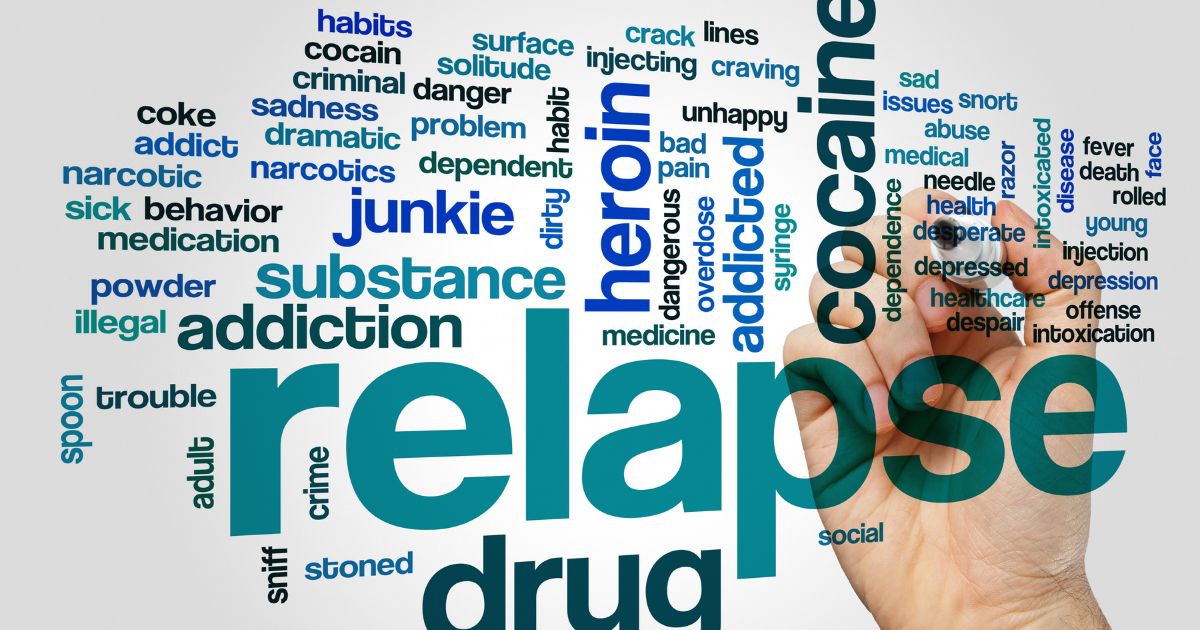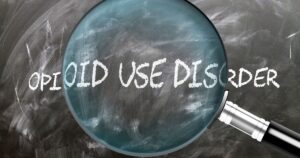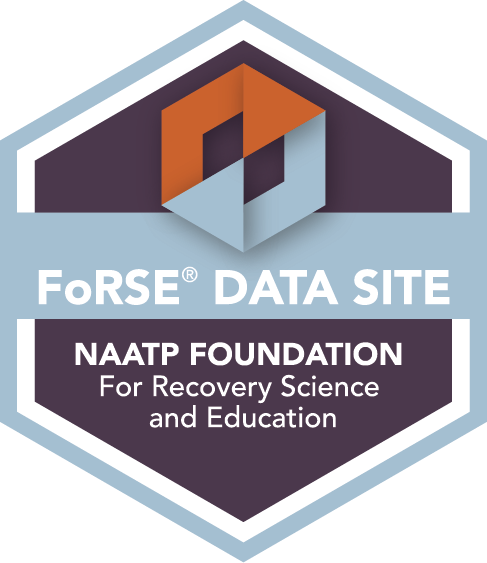
Opioid relapse prevention is one of the most significant challenges individuals face during recovery from opioid use disorder (OUD). It is important to understand that relapse is not a sudden failure or lack of willpower. Instead, it is often a gradual process that can be anticipated and managed with the right approach.
In this article, we will explore the stages of relapse, the warning signs at each stage, and effective opioid relapse prevention strategies. By recognizing these patterns and implementing targeted interventions, individuals can strengthen their recovery and reduce the risk of returning to opioid use.
What Is Relapse?
Relapse happens when someone returns to opioid use after a period of abstinence. For people in recovery from opioids, this might feel disheartening, but it is essential to remember that relapse is a common part of treating chronic conditions like addiction. According to research by the National Institute on Drug Abuse (NIDA), relapse rates for addiction are comparable to those of other chronic illnesses, such as asthma or diabetes.

Relapse is not a sign that treatment has failed. Instead, it often indicates that the treatment plan needs adjustment. For instance, consider someone who was stable during early recovery but starts to feel overwhelmed by life stressors. If they do not seek additional support, these stressors may lead them to old behaviors. The good news is that recognizing relapse early can help prevent it from escalating.
The 3 Stages of Relapse
Relapse does not happen all at once. It occurs in three distinct stages: emotional relapse, mental relapse, and physical relapse.
1. Emotional Relapse
During emotional relapse, the individual is not actively thinking about using opioids, but their emotions and behaviors set the stage for relapse. Denial is often present, making it difficult to recognize what is happening.
Signs of emotional relapse include:
- Bottling up emotions instead of addressing them
- Isolating from friends or family
- Avoiding support meetings or attending without sharing
- Poor self-care, such as irregular sleep patterns or skipping meals
For example, imagine Sarah, a young professional in recovery. She starts skipping her therapy sessions and avoids her sponsor, thinking she can manage stress on her own. She notices she feels increasingly irritable but does not connect it to her emotional relapse.
Opioid relapse prevention strategies for this stage include:
- Journaling to process emotions
- Scheduling fun, sober activities
- Reaching out to a support group or therapist
- Using relaxation techniques such as mindfulness or deep breathing

2. Mental Relapse
In mental relapse, there is an internal struggle between wanting to stay sober and fantasizing about using opioids. This stage is marked by active cravings and bargaining thoughts.
Signs of mental relapse include:
- Thinking about people or places associated with opioid use
- Romanticizing past drug experiences
- Minimizing the harm caused by previous opioid use
- Planning scenarios where it feels “safe” to use again
Consider Jake, a recovering user who begins to recall the “euphoria” of using opioids during social events. He convinces himself that one pill at a party would not hurt. This bargaining process increases his risk of returning to opioid use.
Opioid relapse prevention strategies at this stage are critical:
- Confiding in a trusted sponsor or therapist about cravings
- Visualizing the consequences of using again, such as financial loss or health risks
- Using coping tools like mindfulness-based relapse prevention (MBRP)
3. Physical Relapse
Physical relapse occurs when someone resumes opioid use, either as a one-time lapse or as a full return to habitual use. The stakes are higher at this stage, especially with opioids, due to the risk of overdose from decreased tolerance.
Signs of physical relapse include:
- Reconnecting with old drug-using friends
- Visiting places where they previously used opioids
- Purchasing drug paraphernalia
- Appearing intoxicated or exhibiting withdrawal symptoms
While this stage might seem like a failure, it is not the end of recovery. Re-entering treatment programs such as Medication-Assisted Treatment (MAT) or intensive outpatient therapy can help regain stability.
Strategies for Opioid Relapse Prevention
Effective opioid relapse prevention relies on both proactive and reactive strategies. These include addressing triggers, improving self-care, and building a strong support system.
Common Triggers to Address
- Social pressure: Friends who still use drugs can encourage relapse.
- Stressors: Life changes like job loss or family conflict may lead to emotional distress.
- Withdrawal symptoms: Physical discomfort can drive someone back to opioids for relief.
Prevention Techniques
- Identify Triggers: Keep a detailed journal of high-risk situations and emotions. Develop a personalized action plan to handle these challenges.
- Engage in Self-Care: Use the HALT acronym to check if you are feeling hungry, angry, lonely, or tired, and address these basic needs before they escalate.
- Lean on Support: Participate in support groups. Share struggles openly to feel less isolated.
- Commit to Professional Care: Regularly meet with your care team to adjust medications or therapies as needed.
Recovery is not just about avoiding opioids—it is about creating a lifestyle where staying sober feels sustainable and rewarding.
How Clinicians and Care Teams Can Help
Clinicians and care teams play a vital role in guiding individuals through relapse prevention and recovery.
Every person’s recovery journey is different, which is why personalized treatment plans are so important. A tailored approach considers factors like past triggers, emotional needs, and physical health. For example, a clinician might recommend specific therapies to address anxiety or create a schedule to manage withdrawal symptoms effectively.
Examples of Effective Strategies Used by Clinicians
- Medication for Addiction Treatment (MAT): Medications like Suboxone help reduce cravings and withdrawal symptoms, making recovery more manageable.
- Mindfulness-Based Relapse Prevention: Techniques like meditation or breathing exercises teach individuals how to handle stress and cravings. For instance, a patient could practice deep breathing during a tense family argument, helping them stay in control.

Take Ownership of Your Recovery Journey
Build a relapse-proof life with intentional habits and supportive networks. Relapse does not mean failure—it is an opportunity to grow stronger. By understanding the stages of relapse and implementing relapse prevention strategies, you can protect yourself against future challenges and maintain progress in your journey.
At American Treatment Network, we are here to help. Let us work together to create a plan for your recovery from opioids that is tailored to your unique needs. Reach out today to take the next step toward lasting change.


